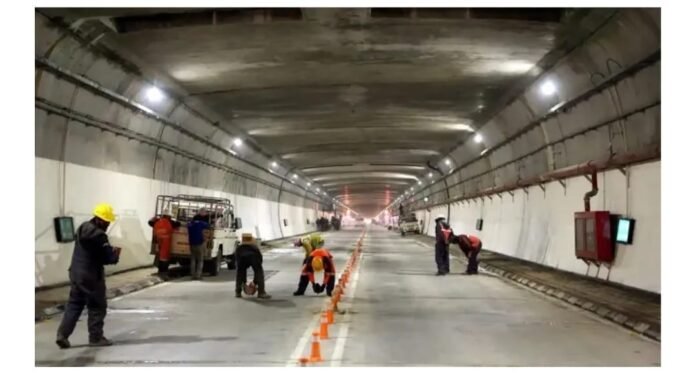Introduction: In a groundbreaking development, the Assam government has unveiled plans to construct the state’s first underwater tunnel, connecting the towns of Gohpur and Numaligarh. This ambitious project aims to enhance connectivity and revolutionize transportation in the region, leveraging advanced engineering techniques. The underwater tunnel will not only boost economic growth but also bring about a significant transformation in the infrastructure landscape of Assam.
Enhanced Connectivity and Accessibility: Once completed, the underwater tunnel will provide a vital link across the mighty Brahmaputra River, offering a seamless connection between Gohpur and Numaligarh. This development will significantly reduce travel time and eliminate the current dependency on ferry services, which are often subject to weather conditions and operational limitations. The tunnel is set to become a lifeline for the local population, improving accessibility to essential services, employment opportunities, and educational institutions.
Technological Marvel Beneath the Brahmaputra: The construction of an underwater tunnel poses numerous engineering challenges, and the Assam government is poised to tackle them head-on. The tunnel is expected to utilize cutting-edge technology and engineering expertise to withstand the immense water pressure and ensure long-term durability. Engineers will deploy state-of-the-art techniques in tunneling and underwater construction, guaranteeing the highest standards of safety and structural integrity.
Economic Implications and Development: The underwater tunnel project holds immense economic potential for Assam. Improved connectivity between Gohpur and Numaligarh will facilitate seamless movement of goods, fostering trade and commerce in the region. It will create new avenues for investment, boost tourism, and stimulate local industries. The tunnel’s construction phase will also generate employment opportunities, providing a much-needed impetus to the local economy.
Environmental Considerations: While the project promises significant advantages, the Assam government remains committed to environmental preservation. Environmental impact assessments and mitigation strategies will be employed to ensure minimal disruption to the river ecosystem during the construction and operation of the underwater tunnel. This commitment to ecological balance demonstrates the government’s sustainable approach towards infrastructure development.
Conclusion: The Assam government’s decision to embark on the construction of an underwater tunnel between Gohpur and Numaligarh represents a transformative milestone in the state’s infrastructure development. By seamlessly connecting both sides of the Brahmaputra River, the tunnel will revolutionize transportation, drive economic growth, and improve the overall quality of life for the people of Assam. As this ambitious project takes shape, it stands as a testament to Assam’s commitment to progress and innovation.




